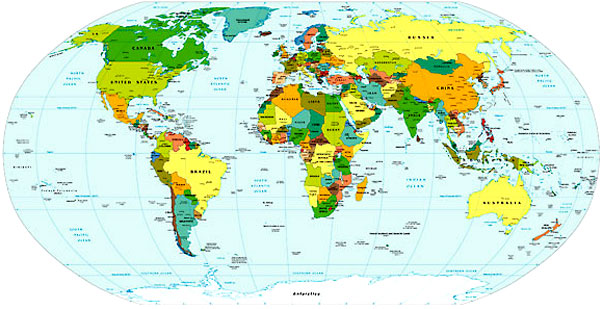 1821. Guatemala gains its independence from Spain. Let’s celebrate!
1821. Guatemala gains its independence from Spain. Let’s celebrate! Know anyone who’s been to Guatemala? I’m sure that they checked out the spectacular Mayan sites scattered around the country—the Mayan civilisation lasted until around 900 CE. We still don’t know why this culture collapsed—a current theory is drought. Though the Mayan kingdom collapsed, subsequent regional kingdoms still retained aspects of Mayan culture.
In terms of European forays—they started in 1518. The region—called Guatemala by the Spanish—was a Captaincy General during its colonial time. One of the early products that Spain got out of the region (which was much larger back in the day) as red dye from cochineal insects. Amazing! I always think of cochineal red as coming from Chile—which still is, I believe, the biggest producer of this pigment—but I love that Guatemala contributed to the great paintings of the world as well.
After its independence, Guatemala was briefly integrated into the Mexican empire—but that ceased existence only a few years later.
 More recently, we know that Central America was a pretty contentious place in the latter part of the twentieth century. Civil war started in 1960, and stretched on through several changes of leader until 1996. Guerilla groups entering from outside the country, and forming inside the country were part of the 1970s and 1980s—and not surprisingly, the presence of these groups led to both urban and rural guerrilla warfare.
More recently, we know that Central America was a pretty contentious place in the latter part of the twentieth century. Civil war started in 1960, and stretched on through several changes of leader until 1996. Guerilla groups entering from outside the country, and forming inside the country were part of the 1970s and 1980s—and not surprisingly, the presence of these groups led to both urban and rural guerrilla warfare. The government took part in some pretty horrific acts—the 1992 Nobel Peace Prize went to Rigoberta Menchú, who worked to bring international attention to the atrocities of the Guatemalan Civil War. In 1996 the United Nations negotiated a peace accord, finally bringing the war to an end. The UN-sponsored Truth Commission asserted that the state had engaged in genocide against particular ethnic groups during the period of the civil war—and then US president Bill Clinton stated that the US had been wrong to provide support for the Guatemalan military forces who participated in this genocide.
Of course, as a result of ongoing war there is number of Guatemalans living outside the state. It looks like at least half a million are displaced—but the full numbers still aren’t known, more than 10 years after the Peace Accord was signed.
A significant portion of the population is indigenous, and at there are twenty-one distinct Mayan languages still spoken, as well as many non-Mayan indigenous languages. Hearing that languages live on always makes me happy. Spanish is the official language, but there are definitely segments of the population that don’t speak Spanish, even as a secondary language.
Today’s Guatemalan poem is by David Unger, who translated the poem himself. It comes from the Anthology of Contemporary Latin American Literature 1960-1984. Please enjoy!
Insomnia
Yes, I finally understand why
Mayan priests plucked out
still blossoming hearts:
“Now that I’ve known you
I can never live alone again.”
A threat? Perhaps,
but more likely a confession
with thousands of aftershocks
that leave me jumpy,
a cut so deep
mere sleep becomes a chore.
I’ve given up
on permanence, rather believe
we’ll pass the passing years
with slight betrayals
that, complemented by inflation,
leave holes in our pockets,
a residue of Kleenex and lint.
But we’re past the penny-ante stage
and, despite doubts,
we’ve staked our hearts,
this spare change.
—David Unger
translated from the Spanish by the author
from Anthology of Contemporary Latin American Literature 1960-1984


No comments:
Post a Comment